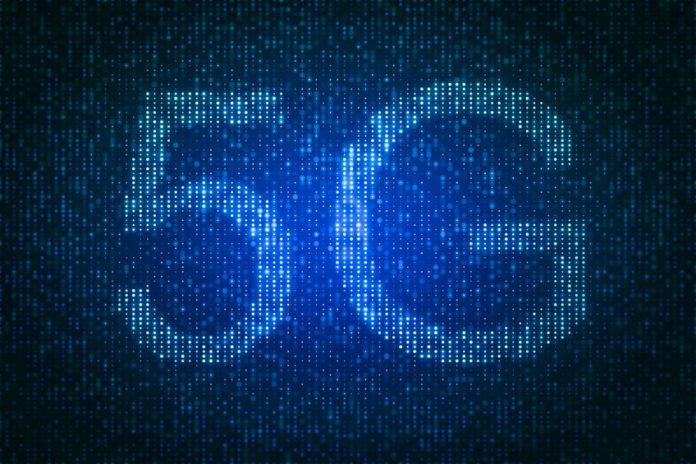Korean operator LG Uplus ended the fourth quarter of 2021 with 4.62 million 5G subscribers, up 67.9% year-on-year, according to the company’s latest earnings statement.
The telco added a total of 1.87 million 5G subscribers during last year, while total net additions in the fourth quarter reached nearly 520.000.
The Korean company also noted that 5G subscribers accounted for 25.7% of the telco’s overall mobile base, up from 16.5% at the end of 2020.
Net profit in the fourth quarter of the year totaled 66.6 billion won, compared with a net loss of 229.5 billion won in Q4 2020. For full 2021, the company’s net profits amounted to 679.1 billion won, up 50.1% year-on-year.
LG Uplus’ Q4 revenues amounted to 3.33 trillion won, up 2.6% compared to the same period in 2020, while annual revenues totaled 12.80 trillion won, up 3.7% year-on-year.
Operating profit rose 11.8% year-on-year to 142.6 billion won in the fourth quarter, For full 2021, operating profit reached 937.9 billion won, up 11.9% year-on-year.
LG Uplus also said that sales from its wireless division reached 1.52 trillion won in the fourth quarter, almost flat year-on-year.
In April last year, Nokia signed an agreement with LG Uplus to expand 5G coverage by installing small cell solutions from Nokia’s AirScale portfolio across the country. Under the terms of the deal, Nokia will install its small cell AirScale Indoor (ASiR) systems in a range of indoor locations, including shopping malls and office buildings.
LG Uplus also uses 5G equipment from Huawei, Samsung and Ericsson. The operator launched 5G service in April 2019 along with rivals SK Telecom and KT.
The total number of 5G subscribers in South Korea reached 20.19 million in November 2021, accounting for around 28% of the total 72.57 million mobile subscriptions in the Asian nation, Korean press reported, citing data from the Ministry of Science and ICT.
South Korea was the first country to launch commercial 5G networks in April 2019 and currently has 5G coverage across its 85 cities.
The 5G users figure at the end of November marks an increase from 19.38 million 5G subscriptions in October as new smartphone launches, including Apple’s new iPhone 13 series, boosted user growth. The release of Samsung Electronics’ new foldable phones — the Galaxy Z Fold3 and Galaxy Z Flip3 — in late August also helped boost user growth.
South Korean telecom operators currently provide 5G services via NonStandalone 5G networks, which depend on previous 4G LTE networks.

